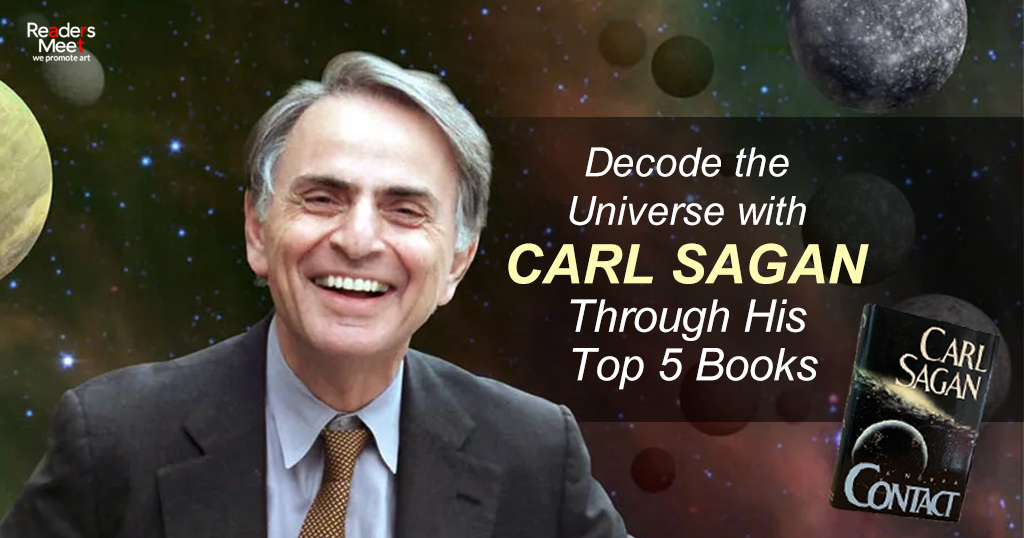Carl Sagan was an astronomer and a planetary scientist.
He is best known for his research into extraterrestrial activities and extraterrestrial life. This planetary scientist pioneered and promoted the fields of exobiology (life outside the earth) and extraterrestrial intelligence. He was a scientist as well as a famous public advocate.
Does the exploration of the universe by Carl Sagan intrigue you?
Read these five books that offer a fascinating glimpse into his research
Contact
Carl Sagan’s ‘Contact’ is about humanity’s first encounter with extraterrestrial life. Astronomers notice a signal from the Vega star system (outside earth) by chance. It is a message encoded in prime numbers. ‘Prime Numbers’ is referred to as a universal language. The brilliant Dr. Eleanor Arroway, dedicated to the Search for Extraterrestrial Intelligence (SETI), spearheads efforts to decode the message. What the decipher reveals is a blueprint for a mysterious machine, igniting global debate over its purpose.
Contact is an astonishing exploration of scientific discovery. complexities of human nature in the face of the unknown, and the awe-inspiring vastness of the universe. Sagan, himself an astrophysicist besides his scientific knowledge into the narrative, making the scientific concepts both understandable and thrilling. As humanity grapples with the reality of extraterrestrial intelligence, the novel delves into themes of international cooperation, religious beliefs challenged by scientific discovery, and the enduring human desire to explore the unknown.
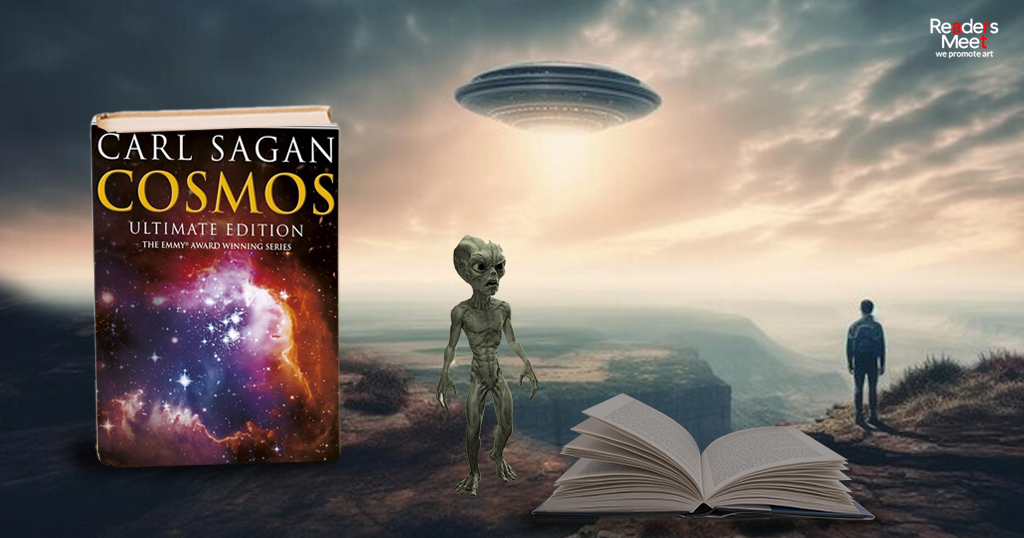
Cosmos: A personal voyage
Carl Sagan’s “Cosmos” takes readers on a captivating journey through the universe. Spanning 13 chapters, mirroring the accompanying television series, Sagan explores 15 billion years of cosmic evolution alongside the development of science and civilization. He delves into the origins of knowledge and the scientific method, weaving in philosophy and thought-provoking speculation about the future of science.
Sagan’s exploration isn’t purely theoretical. He brings scientific concepts to life through biographical anecdotes about prominent scientists throughout history. These personal stories illuminate the broader development of modern science and its impact on various fields, from anthropology and cosmology to biology and astronomy. Throughout, Sagan ponders the possibility of extraterrestrial life. He acknowledges the vastness of the universe that could harbor countless civilizations, yet emphasizes the lack of concrete evidence for alien visitation on Earth.
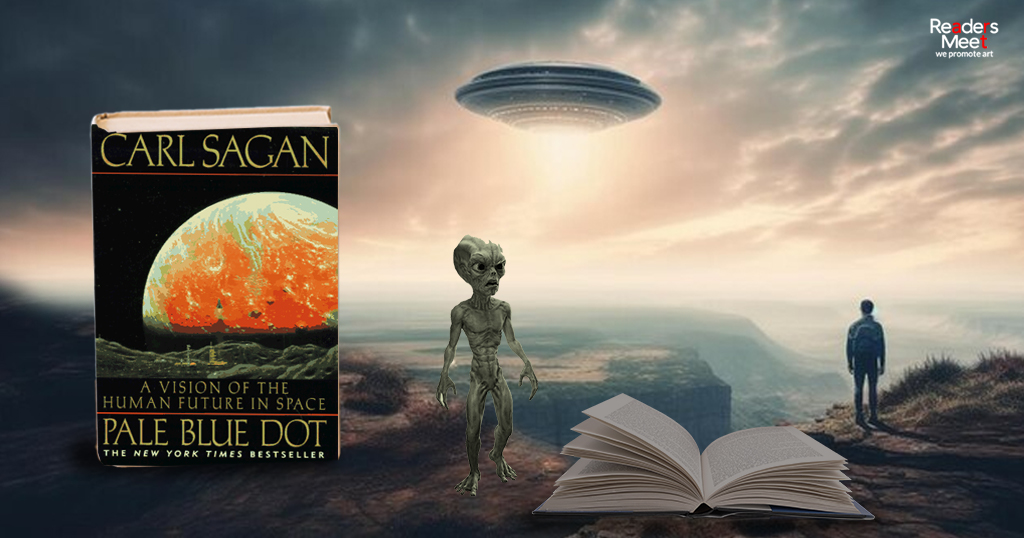
Pale Blue Dot: A Vision of the Human Future in Space
In his profound work, Pale Blue Dot, Carl Sagan casts a spellbinding retrospective on humanity’s first tentative steps into the cosmos. He weaves a captivating narrative, tracing our first tentative steps into space exploration and the awe-inspiring discoveries that followed. He chronicles humanity’s captivating journey of exploration, from our first tentative steps into space to the awe-inspiring vista of distant galaxies that beckon further exploration.
Sagan views colonizing other planets as an insurance policy, a way to safeguard humanity against existential threats on Earth. Pale Blue Dot is a call to action, urging us to explore space and secure our future among the stars.
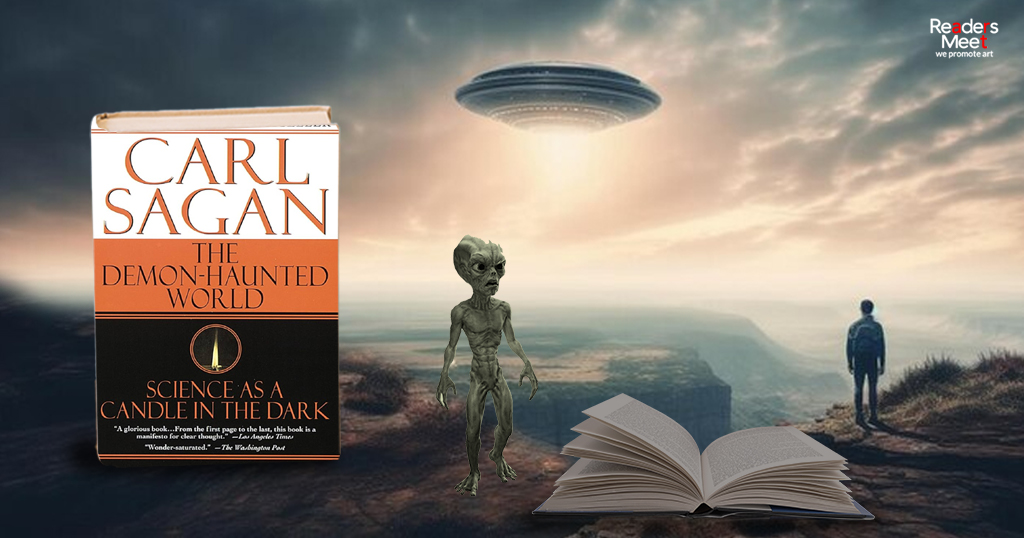
Demon-Haunted World: Science as a Candle in the Dark
Carl Sagan worries that our fantastical claims disguised as science can easily hijack natural sense of wonder. He argues most people lack the critical thinking skills to see through them. Here, Sagan offers a beacon of hope: the scientific method.
This systematic approach to knowledge, with its built-in error correction mechanisms, can be applied to debunk pseudoscience. Sagan uses UFO encounters and alien abductions as prime examples. He reveals how faulty memories, coupled with therapist bias, can lead to false recollections. Unfounded claims like “face on Mars” photos further fuel the fire. Sagan argues that simpler explanations, like hallucinations, often suffice. He warns against the societal harm caused by unchecked belief in unsubstantiated claims, citing historical tragedies like witch hunts. The key to avoiding such pitfalls, Sagan argues, lies in promoting critical thinking and the concept of “falsifiability” – the idea that scientific claims should be verifiable through evidence.
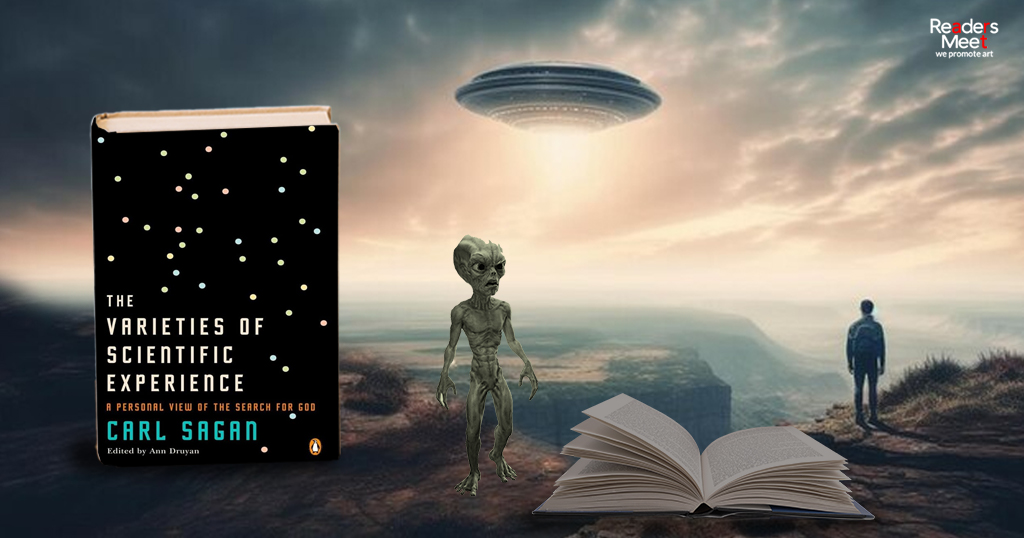
The Varieties of Scientific Experience: A Personal View of the Search for God
In a series of lectures, astronomer Carl Sagan explored the big questions about science and religion. He started by showing amazing pictures of space, highlighting the vastness of the universe. He argued that some religious views seem outdated when considering the immense size of everything. Sagan disagreed with the idea that science has shown that Earth isn’t the center of everything, and some scientists even think the universe is set up for life.
Conclusion
Carl Sagan was an astrophysicist and science communicator who became famous for his documentary series “Cosmos” and his books “Cosmos” and “The Demon-Haunted World.” He was a renowned expert in space exploration and the nature of the universe, and his work helped to open up many important scientific debates and research areas. Sagan was also a prolific writer and lecturer, and his work has had a profound impact on popular culture and scientific understanding.
Also Read: Top 5 Hindu Mythological Books

